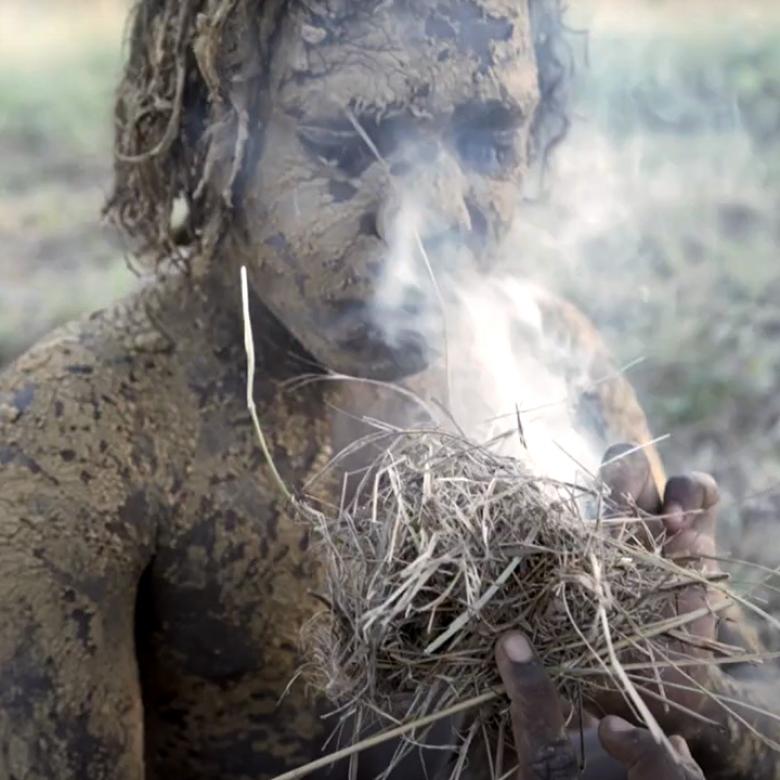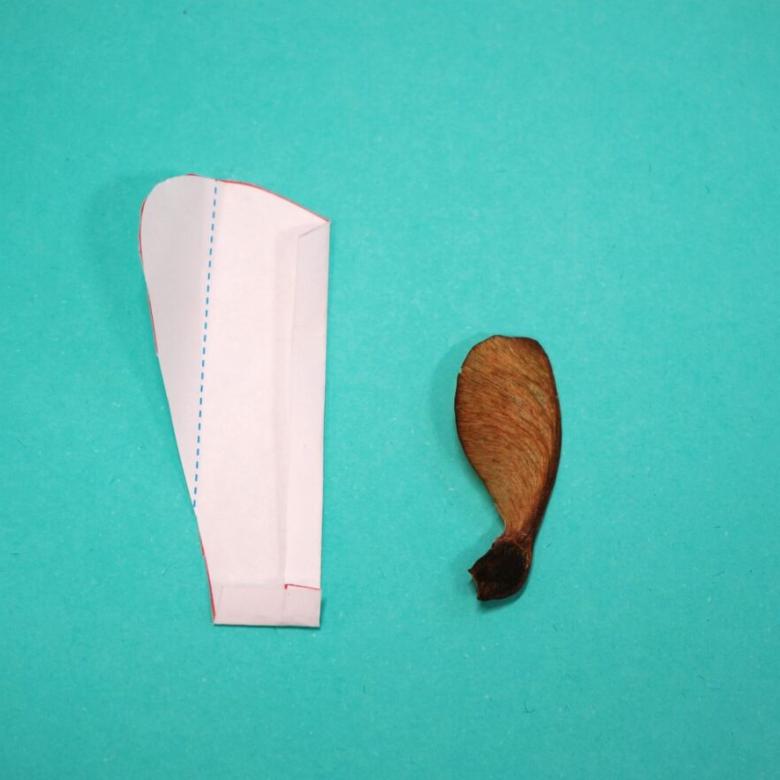You’ll need
- 2 empty soft drink cans: one white/silver can and one black can (Diet Coke and Coke Zero work well, or you can paint your cans black and white)
- A heat source, like a heat lamp or the Sun
- 2 thermometers
What to do
- Gather your materials on a flat surface.
- Place a thermometer in each can and take your first reading of the temperature. Both temperatures should be the same.
- Leaving the thermometers in the cans, place the 2 cans in the Sun or in front of a heat lamp. Make sure they are the same distance from the heat source.
- Check the changes in temperature over a few minutes.
Questions to ask
Does one can get hotter faster? Try using different-coloured cans. How do different colours affect the rate of temperature change?
Does the air inside the cans keep getting hotter? Leave the cans in front of the heat for up to an hour.
What happens if you repeat the experiment, but place a white sheet of paper between the black can and the heat source? How does this affect the temperature readings?
What's happening
The heat source gives out, or emits, light, which is a form of energy. When the light hits a dark object, like the black soft drink can, it will mostly be absorbed. The energy is converted into heat, which heats the air inside the can. When the light hits a light-coloured object, like the white soft drink can, it is mostly reflected. This means that only a small amount of the light energy is converted into heat, and the air inside the can doesn’t heat up as fast.
The reflectivity of objects is called their albedo. Earth has a global albedo of about 30%, which means it reflects about 30% of the Sun’s radiation. Snow-covered areas, such as the Arctic and Antarctica, have higher albedos than the rest of Earth. They reflect more of the Sun’s light back into space.
Clouds also are very good at reflecting the Sun’s light before it reaches us. This is why we feel cooler on a cloudy day. But, dark, dense forests tend to absorb a lot of the Sun’s radiation, warming Earth’s surface in these areas on a sunny day.







